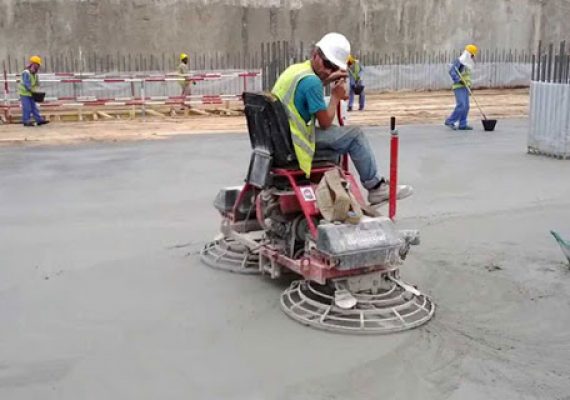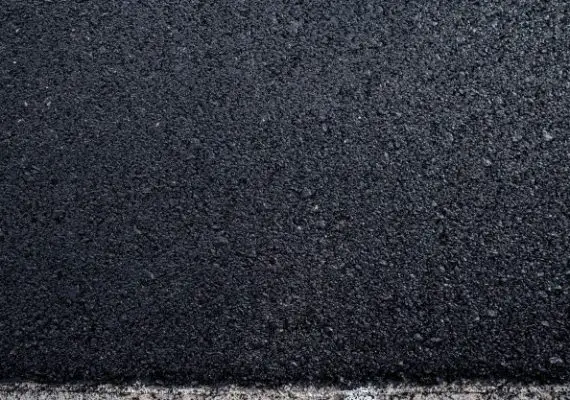What Is A Weir In Construction?
What Is A Weir In Construction?
A weir is a structure used to regulate the water flow in rivers and other bodies of water. It is different from a dam as it is much smaller in size and is built across the river to control the water level. Unlike large dams, which are built to create reservoirs, weirs are used simply to regulate the water flow.
Over time, the term “weir” has taken on a broader meaning in engineering and refers to any structure that allows water to flow over its crest for the purpose of controlling water levels. Many spillways of large dams also use weirs for this purpose.
In many cases, weirs are passive structures, meaning that once they are installed, their rating curve cannot be changed. This can be a problem because rivers and streams are subject to significant variations in flow rate.
During flooding conditions, a weir may not be able to handle the large volumes of water that need to pass through it, leading to backups and potential damage upstream. This means that if a weir is used as the spillway for a dam, the dam may need to be built higher, increasing the overall costs of the structure.
In an ideal scenario, hydraulic structures used to control water levels would have a flat rating curve, meaning that small changes in the water level would occur over a wide range of flows. This would allow the structure to better handle variations in flow rate and reduce the risk of damage.
Function Of Weir
Weirs are commonly used to manage rivers and prevent flooding. They alter the flow of rivers, making them more navigable for boats. The terms dam and weir are sometimes used interchangeably, but there is a clear distinction between the two structures.
Dams are designed to impound water behind a wall, while weirs alter the flow of the river. A key difference between dams and weirs is that water flows over the top or under the weir for some of its length.
The crest of an overflow spillway on a dam may also be referred to as a weir. Weirs can range in size from a few centimeters to many meters in height and hundreds of meters in length. They serve various purposes, including water discharge measurement.
Types Of Weirs
Weirs are structures used to measure the flow rate of a river. They can range from simple metal plates with V-notches to complex concrete and steel structures. The effectiveness of a weir in measuring flow rate depends on the size of the change in water level behind the weir compared to the measurement error.
There are several types of weirs, including sharp crested, broad crested, crump, needle dam, proportional, combination, MF, V-notch, rectangular, Cipolletti (trapezoidal), and labyrinth weirs.
Each type of weir has its own unique design and characteristics that make it suitable for specific applications.
Safety Of Weirs
Weirs, even though they look calm on the surface, are very dangerous for boating, swimming, or wading. This is because the circulation patterns downstream can submerge a person indefinitely, making it a life-threatening situation.
People who spend time on rivers, such as canoeists and kayakers, know this well and refer to weirs as “drowning machines”.
The Ohio Department of Natural Resources suggests tucking the chin down, drawing the knees up to the chest, and wrapping arms around the knees in case of being trapped in a hydraulic jump.
The Pennsylvania State Police also recommends curling up, diving to the bottom, and swimming or crawling downstream to escape. It’s important to note that the hydraulic jump entrains air, reducing the buoyancy of the water between the dam and boil line by up to 30%.
If a person is unable to float, escaping at the base of the dam may be their only chance of survival.


